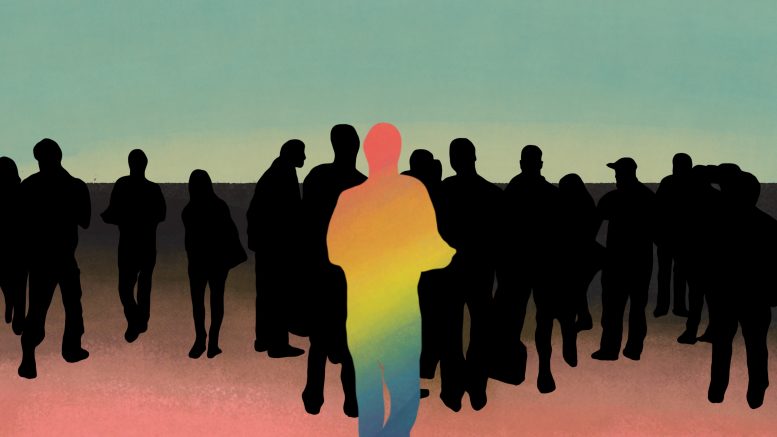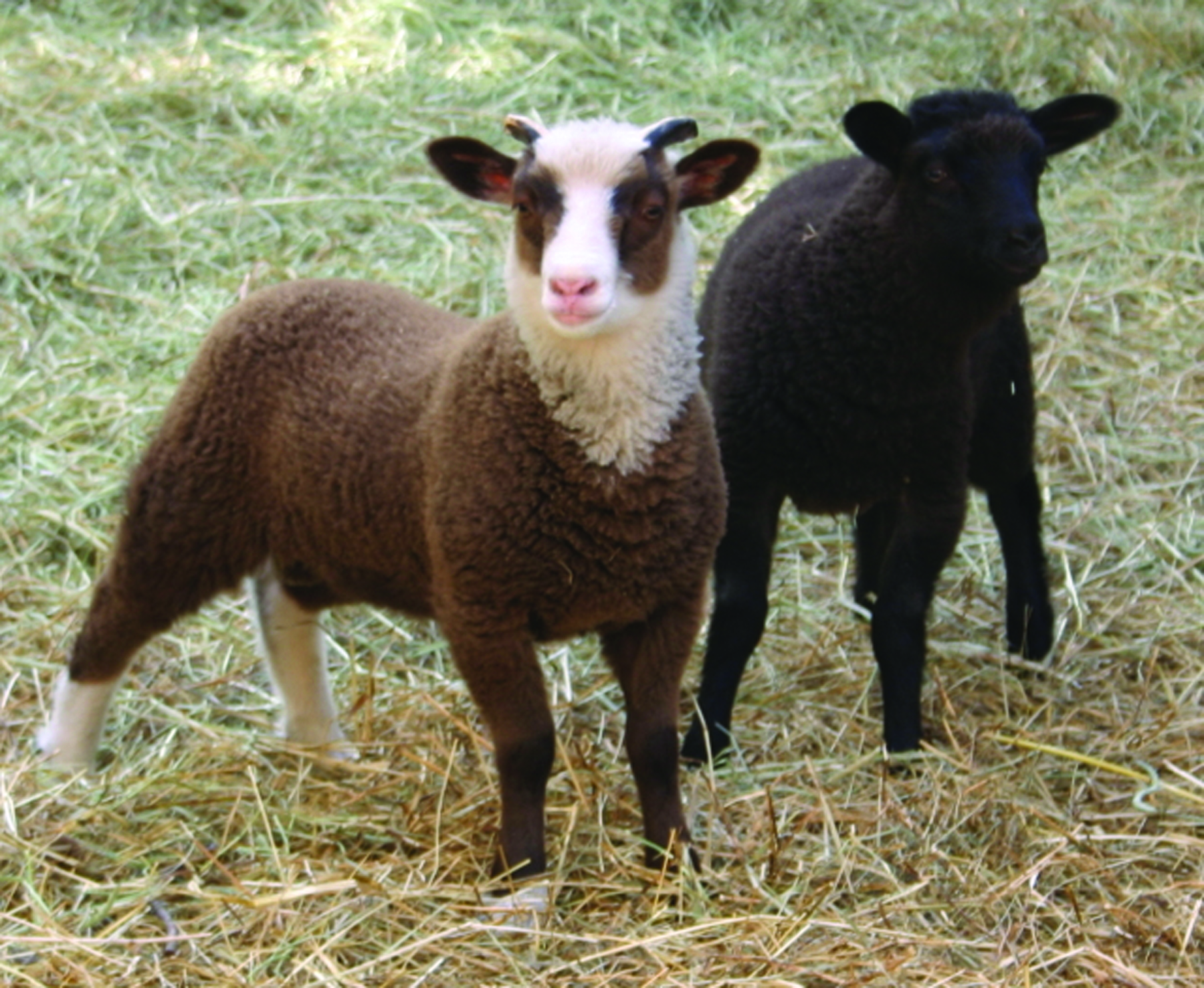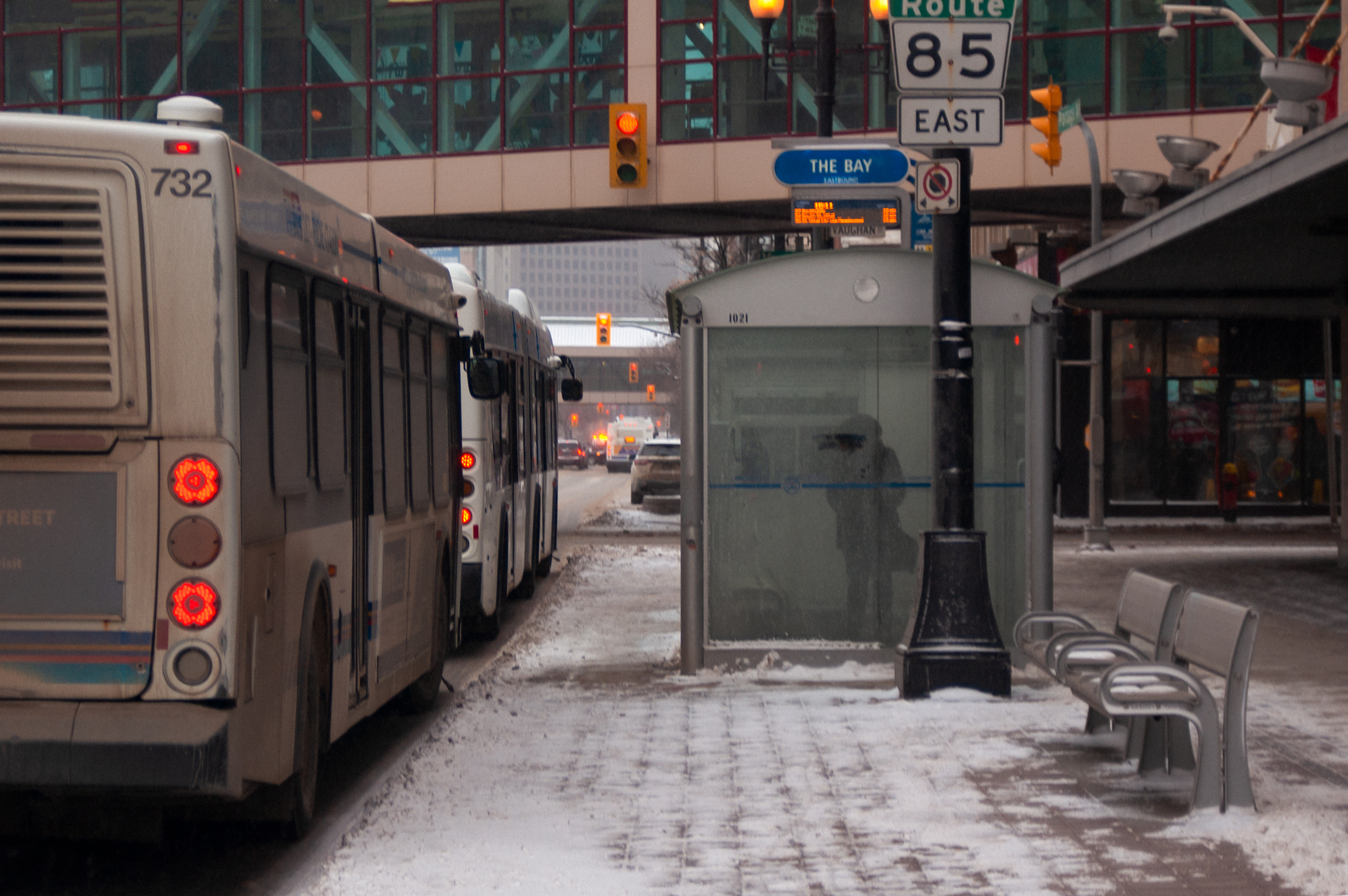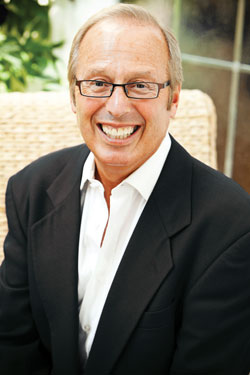People pass away with their stories, or they are written out of them.
On Aug. 2, 1987, Winnipeg held its first Pride march. A fact less known is that some people wore paper bags on their heads during the march to hide their identities because they feared discrimination.
This fear still exists. To avoid being subjected to extreme violence and targeted physical assault, many queer folks still need to conceal their identities.
We are often beaten, tortured and sexually abused. Other times, we’re left alone after a series of jokes and personal comments with eye rolls and disgust. Well, the law says that I have rights and protection against discrimination and hate crimes. But do I? Or do I need to make a choice between being safe and being myself?
As a transmasculine person, I sometimes wonder if it is seen as appropriate for me to dress feminine and hold hands with someone of the same gender in a straight-centric area.
When a feminine presenting person comes out as bisexual, their sexual orientation is often dismissed and assumed as straight.
However, if it’s a masculine presenting person, their sexual orientation is often generalized and seen as gay. Patriarchal misogyny depicts anything slightly feminine as weak and bad.
Growing up in an Indian household, there were certain societal expectations placed on me. I had to be a good Hindu girl, making sure I didn’t deviate from the path of God while following all the proper social cues. I knew when to laugh and talk, how to act around elders and listened to everything they asked me to.
On the other hand, white gay privilege widely exists in Canada. Coming to a new country, I hoped to live as myself — a transmasculine queer person.
The pressure as an international student of letting down a whole community is massive. There are many references to queerness existing in ancient India and its scriptures. But it is easy for people to pick and choose things to satisfy their own beliefs.
I come from a different upbringing and culture, making me “unrelatable” to many people in the queer community. Due to societal norms and my background, I’ve felt disadvantaged by racism, classism and a difference in wealth. Have you ever seen a dating profile with a “no chocolate, no curry, no rice, no spice” bio? Or declarations like, “if I were gay, I’d date you”? Bisexual, transgender and non-binary people are still very hypersexualized.
I have been constantly told to keep my emotions to myself. It seemed normal because I was exposed to potential exploitation by others around me when I expressed my weakness. So, it only makes sense that I grew up thinking that being aggressive and aloof equalled being “masculine.”
I struggled to accept myself and those around me because of internalized homophobia and toxic masculinity. I lacked the words to explain how I felt.
My culture only has a few queer words, and all of them carry years of oppression and negative connotations.
Black and brown trans women had a significant role in the founding of the current Pride movement. Up until very recently, white gay cis men dominated the popular representation of the 2SLGBTQIA+ community.
Trans and non-binary folks are sometimes kept away from the community. Our experiences overlap, but can be very different. Reclaiming my intersectionality and accepting my experiences is important for me. So, I’m here to say: I’m trans, queer and brown.
People come to Winnipeg with different dreams and ambitions, hoping to truly express themselves. They deserve to share their stories of grief and pain, happiness and joy, love and hate. No one should have that taken away because of their identity.





